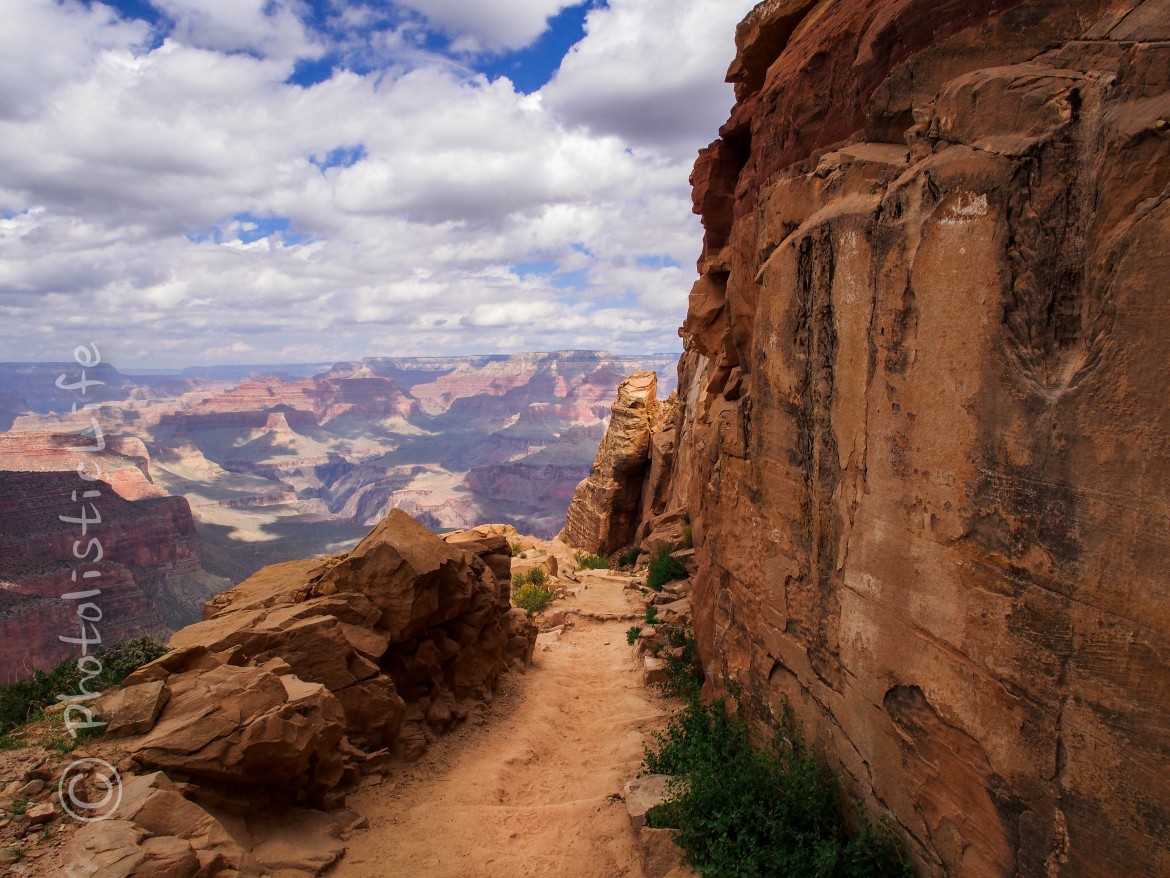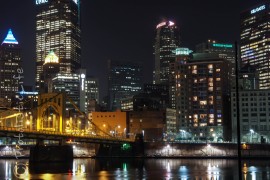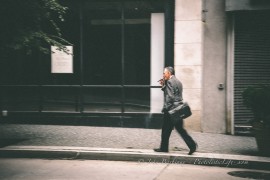What is Mirror Lock-Up?
No, I’m not asking you… I’m about to tell you. The movement of the mirror inside your camera can cause slight vibrations and cause an image to look soft rather than razor-sharp. When you activate your cameras Mirror Lock-Up you’re telling your camera to move the mirror before exposing the shot so the vibrations from the mirror lifting will dissipate before you trigger the shutter.
Not all cameras have this function and it’s not the same as locking the mirror out-of-the-way to clean the image sensor. If your camera does not have a setting called mirror lock-up then try switching to Live View, this will automatically lock the mirror out-of-the-way so the live image can display on the back screen.
- Source: Wikipedia (roll your mouse over the red circles on the camera to locate the mirror)
When to use Mirror Lock-Up
There are five things that can contribute to the softness of an image, 3 of which are part of the cameras workflow to take a photograph. The Mirror flips up (1), the aperture closes to the preset f/stop (2)(remember, the aperture is wide open when your viewing a scene through your viewfinder), and then the shutter opens (3) for the predetermined time you selected.
The last two contributors can be addressed off camera, wind and handshake. Using a sturdy tripod should eliminate the wind and some of the handshake, the rest of the handshake can be eliminated by using a remote release (or cable release/camera self timer). The longer the shutter speed the more important the tripod, remote release, and mirror lock-up will be. Mirror Lock-Up is an important technique to practice but the use of the tripod is the single most contributor to sharp images.
Mirror Lock-up should not be used for every shot, when you need to be continually looking through the viewfinder to know when to press the shutter at the precise moment (for example, while photographing wildlife, pets, children, and sports) you won’t be able to use Mirror Lock-Up. When you’re photographing at longer exposures (longer than a second) with a longer lens or landscape photographs, where camera shake is more destructive, you’ll want to consider using this technique with a tripod and remote shutter release.
Note:
Not all cameras have mirrors to lock up, the growing format of Micro Four Thirds is also known as Mirror-less cameras. A few cameras out there even have a fixed mirror that is semi-transparent and does not move when snapping a photograph (this is a called a pellicle mirror. Other cameras have been known to automatically lock the mirror out-of-the-way a couple of seconds before exposure when the camera is set with a shutter speed of more than a second. Read your manual for more information about your specific camera to find out what your camera is capable of.
Related Links
RAW vs. JPEG – Compared and Processed using Lightroom 4
How to Take Sharper Photographs
Where to Focus in Landscape Photography – Hyperfocal Distance
Photo Contest Entry Form





